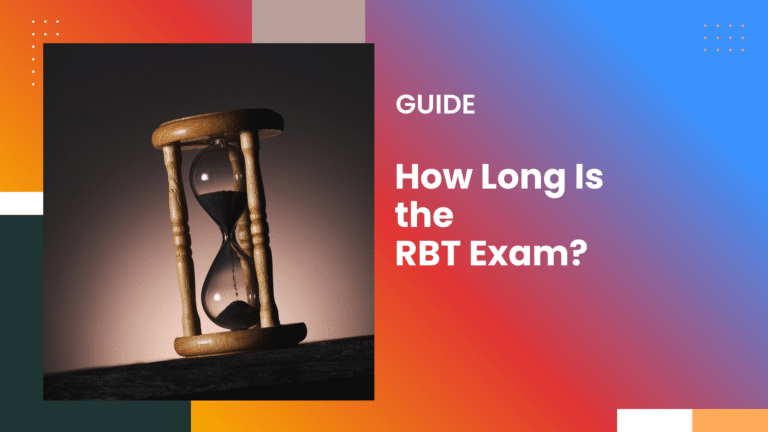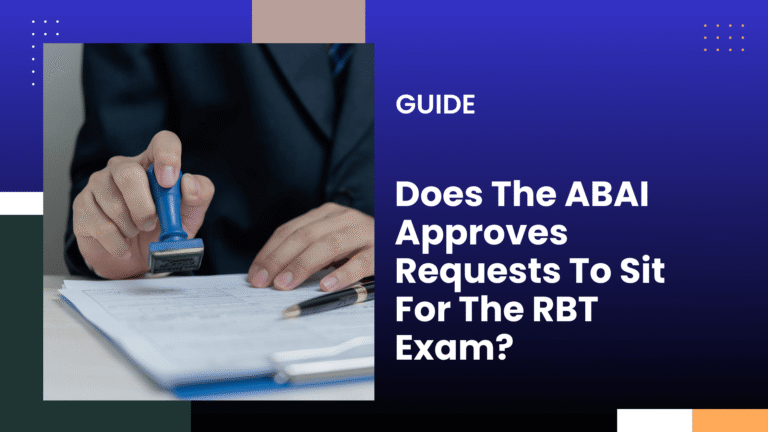Why RBTs Must Follow Skill Acquisition Plans Exactly | 2025

RBTs Must Follow Skill Acquisition Plans Exactly to ensure accurate data, consistent intervention, and client safety. Adherence promotes ethical practice, supports learning, and enables BCBAs to adjust strategies effectively. Skipping steps can disrupt progress and compromise treatment goals.
If you want the short answer, it’s because you’re not just there to “teach skills.”
As an RBT, your primary job is to implement what the BCBA wrote and not edit, not guess, not change.
Which means the skill acquisition plan (SAP) is your instruction manual. And your main responsibility?
Follow it exactly as written. Every session. Every step.
What’s in a Skill Acquisition Plan?
A Skill Acquisition Plan (SAP) tells you exactly how to teach a specific behavior or skill.
You will be teaching exactly:
- What the skill looks like
- When and how to teach it
- What prompts to use
- How and when to fade prompts
- What counts as correct/incorrect
- What reinforcement to deliver
- How to collect data
- When the client has “mastered” it
Basically, it’s the blueprint your BCBA created after assessments and planning.
And your role is to bring it to life exactly as it is and not tweak it.
Why do You Have to Follow It Exactly?
Well, this isn’t about you being a robot but more so about protecting the client and keeping data clean.
Let’s take an example and say if you make your own changes, such as using different prompts, switching reinforcers, or skipping parts of the plan, you’re:
- Messing up the data
- Delaying the client’s progress
- Violating your RBT scope of practice
- Possibly putting your credentials at risk
So, even small changes can create major problems, and that is why the BCBA needs to see exactly how the client responds to the plan as written.
What Happens If You Don’t?
You can’t and should not do it, but let’s say you skip reinforcement because “they didn’t seem to care today.”
Now your BCBA thinks the plan didn’t work, but in reality, the plan wasn’t even followed.
Or maybe you switch from most-to-least prompting to least-to-most because “you thought it might be faster.”
Now the client is confused, your data is off, and the BCBA has to untangle what really happened.
As you can see, you’re not trying to do harm, but your small decisions violate the ethical code and integrity, which compromises the program and client data, which will lead to more errors and issues with no way to solve the problem.
If you want to be a better RBT, here’s a list of things you should do and should not do.
Common Mistakes to Avoid
I did see a few RBT’s especially newcomers, who tend to slip and fall into these mistakes:
- Skipping reinforcement because the client “already knows it.”
- Fading prompts too quickly or too slowly
- Substituting your own reinforcers
- Modifying the trial structure
- Guessing when a plan is unclear (instead of asking your BCBA)
- Changing prompt levels based on mood or convenience
- Not collecting the data that the plan actually calls for
So, if something doesn’t feel right, speak up and don’t change it on your own. I would suggest rather than changing it, you should talk to your supervisor before making any changes.
What You Should Do Every Session as an RBT
- Read the SAP before the session starts
- Set up materials, prompts, and reinforcers exactly as written
- Stick to the teaching procedure—no improvising
- Use the right data sheets and write down what actually happened
- Notify your supervisor if something seems off or isn’t working
Online Reviews and Insights
Here are a few reviews and experiences from Reddit and forums talking about the experiences of someone who didn’t follow as prescribed.
“We had to re-teach a whole skill because one RBT switched to her own version of prompting. No bad intent—but it wasted 3 weeks of work.”
— BCBA from a clinic in Texas
“I tell my new RBTs: You’re not hired to guess. You’re hired to implement what we’ve already designed.”
— BCBA, Reddit behavior thread






